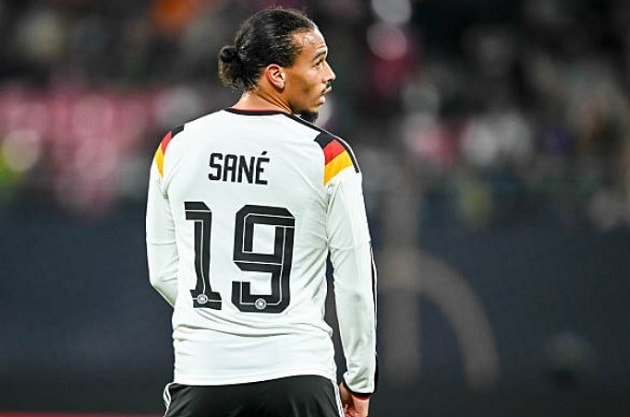Germany beat Slovakia 6-0: Victory does not cover up loopholes
The 6-0 win over Slovakia was just a relief. Germany are still vulnerable to counter-attacks and dead balls; recent injuries and Nagelsmann's controversial personnel decisions.
Germany wrapped up their World Cup qualifying campaign with a 6-0 win over Slovakia and their ticket was assured. It was a night that had everything Julian Nagelsmann needed: goals, relief and some positive individual signals. But the strong result should not obscure the fact that Germany are still an unfinished team, with many tactical and personnel questions to answer.

From the 6-0 climax to the big picture
A big win over Slovakia was more like a fresh coat of paint on a house with cracks than a sign of a lasting revival. Inspired by EURO 2024 – where Germany played with cohesion and verve before being knocked out by Spain – the optimism was quickly replaced by skepticism just 18 months later. A relatively easy qualifying group only highlighted the skewed nature of 2025, especially when juxtaposed with a 2-0 defeat to Slovakia in September and lacklustre victories.
Tactical cracks are exposed again
Germany’s tactical makeup has yet to feel secure. They remain vulnerable to teams that play in quick transitions, their defense against counter-attacks is still weak and set-pieces are a persistent weakness. This is not a new problem, but a pattern of repeated errors over many months that has raised questions about Nagelsmann’s direction, even though he doesn’t always have a full squad.
Patchwork force: trauma and broken rhythm
Injuries have taken away stability. Musiala’s long absence has significantly reduced creativity. Kleindienst – Havertz’s backup – has been out for months, affecting the flexibility of his attacking rotation. Ter Stegen’s injury relapse has forced Baumann to step in, while talk of Manuel Neuer’s return has inadvertently added to the pressure. The tempo and structure of the squad are therefore not stable enough to build up form.
Nagelsmann's choice: safe or sensible?
Nagelsmann’s selection of players has been closely scrutinized. Calling up Sane and Goretzka was seen as a safe move, while Stiller and Bischof – both in good form – were not selected. The case of Said El Mala, who created high expectations but did not play, was also disappointing, although the reason “needs time” is understandable.

Ironically, against Slovakia, it was Sane and Goretzka who impressed, suggesting the coach’s decision was not entirely without foundation. Other bright spots: Ouedraogo made his debut and scored, Baku returned, Woltemade showed good form. These positive signs help to ease the pressure, but also complicate the story: should we trust the progress or continue to be wary of the gaps that have not been plugged?
Pressure on German football identity
German football is notoriously hard on itself. The group stage exits at the 2018 and 2022 World Cups have left psychological scars, making any mistakes easily exaggerated. A strong culture of debate – a constant source of self-improvement – can sometimes translate into heavy pressure on both players and coaches between major tournaments.

What's missing to become a real candidate?
Germany's potential is real: young talent like Musiala, Wirtz, Havertz are in their prime, while Kimmich and Rüdiger bring experience. But to turn that potential into lasting strength, they need more than just a win to break the ice: structural stability, enough depth to rotate without losing form, and a definitive solution to the problem of transitions and dead balls.
A World Cup berth is a given for Germany. Its true value will only be tested when they face top opposition next summer. Until then, the 6-0 win should be seen as a morale booster – not a veil over long-standing problems.


